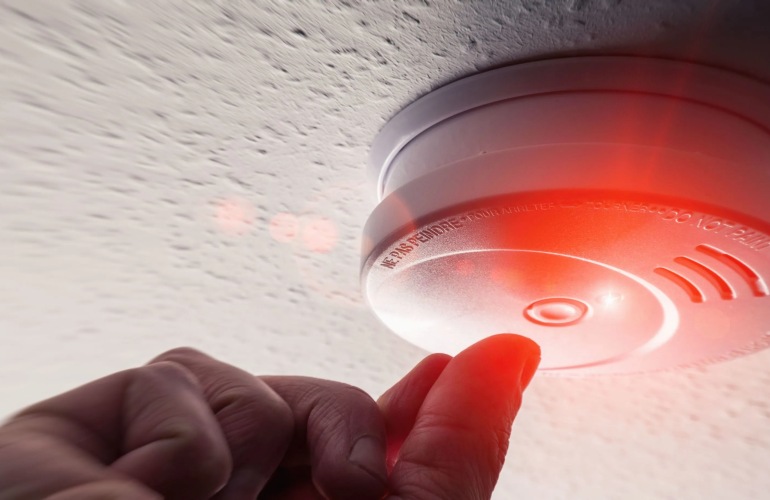Remember when you were a kid and your parents told you not to run with scissors? To be careful jumping off the swings? Not to eat glue? There’s a good chance your current home safety checklist would not need to include those warnings. But, as we move through the various stages of our lives, the way we interact with our environment continues to change, along with the inherent risks to our safety.
Whether living alone or in an active adult community, home safety must be a high priority. When you compile your home safety checklist, make sure you address the concerns below.
Be Prepared with Emergency Numbers
Keep in mind you may or may not be the one dialing an emergency number. If you are making the call, chances are you will be upset and possibly injured.
- Be sure the information is written in large print and easily accessed.
- Include 911 for ambulance service, and numbers for poison control, a family member and your doctor’s office.
Reduce Your Risk of Falling
Many fall injuries could be prevented with a little extra attention and care.
- Carry a cordless phone with you so you don’t have to rush to answer. If you can’t get to the phone safely, just let the answering machine pick up and call back later. No call is urgent enough to risk falling.
- Smooth, slippery floors and stocking feet are a lethal combination. Keep non-slip slippers handy so you can be both safe and comfy.
- If you have a cane or walker, arrange furniture to allow plenty of room to maneuver so your living space does not become a dangerous obstacle course.
- If your physical condition puts you at a high risk for falls, think about a special alarm bracelet or necklace that has a button to push to contact emergency services.
Keep Walkways Clear
Nothing ruins a relaxing day like falling over a poorly placed pair of shoes on the floor. A trip to the closet is a lot less aggravating than a trip to the emergency room.
- Keep hallways, stairs and open areas free of potentially harmful clutter.
- Make sure all area rugs are securely taped to the floor, so they don’t slip when you walk on them.
Where There is Smoke…
- Check smoke detector batteries regularly. Change at least twice a year.
- Don’t overload sockets with too many extension cords.
- Candles are lovely and romantic. Make sure to put them out when you leave the room. Never go to sleep with lit candles in the bedroom.
- If there is a fire, get out first and call 911 second.
Make the Bathroom a Hazard-Free Zone
- Rubber mats in the bathtub will prevent slipping
- If physical limitations make it difficult to get in and out of the bathtub or shower, it’s easy to install grab bars. There are also special shower chairs and benches and raised toilet seats if necessary.
- Avoid scalding by keeping the water heater no higher than 120 degrees F.
Carbon Monoxide: The Silent, Odorless Killer
- Make sure there is a carbon monoxide detector near all bedrooms. Test batteries regularly and replace at least twice a year.
Manage Medications
- It’s a good idea to keep all medications in their original containers to avoid making mistakes.
- Ask the pharmacist to put large print labels on them to make them easier to read.
Stay Fit, Stay Safe
Maintaining physical fitness is important for senior health and wellbeing.
- Avoid injuries that will put you on the sidelines by choosing activities that are appropriate to your skill level and respect your limitations.
Enjoy this exciting chapter of life in an environment that supports home safety for seniors. And even though you’re all grown up, when you’re running after the grandkids, don’t forget to put those scissors down first.

